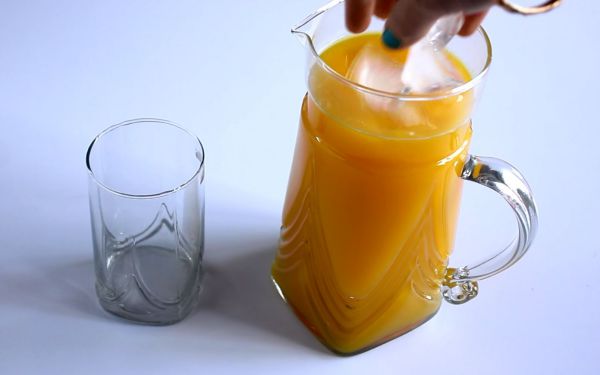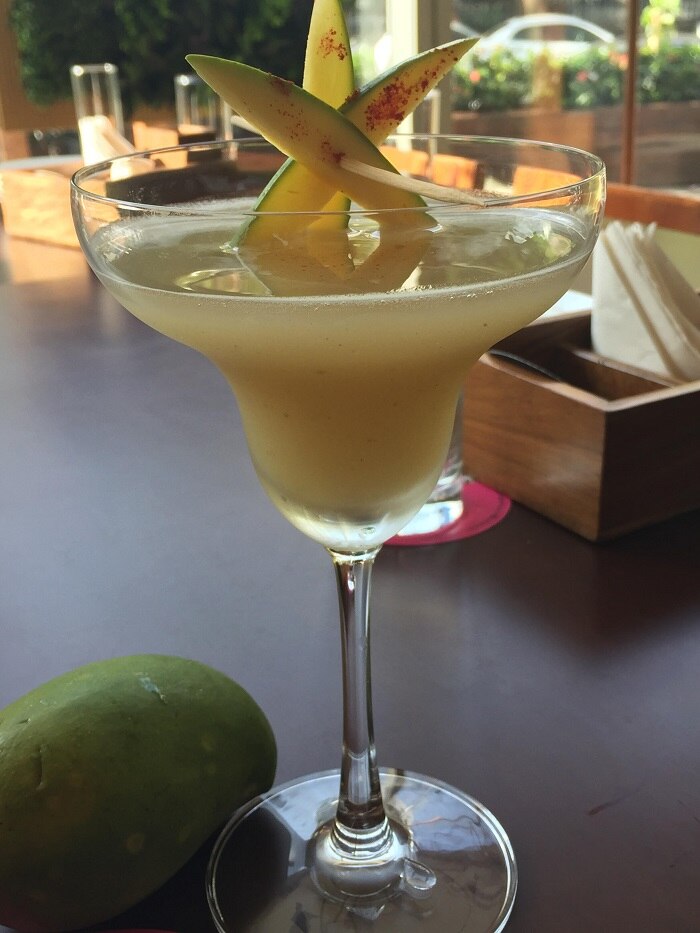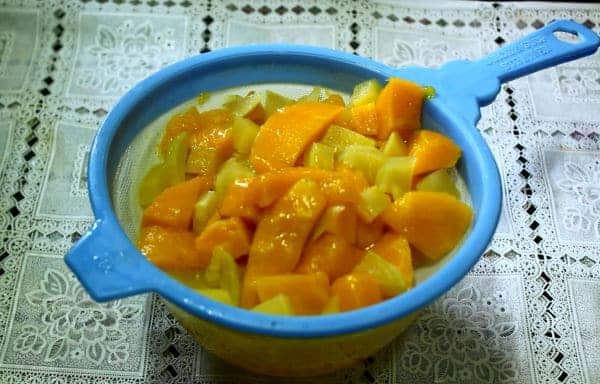Table of Content
From the stem of the mango, cut down vertically to remove the “cheeks” of the fruit from the seed. Use a serrated knife, as the ridges will make it easier to cut into the flesh and will make it less likely that you’ll crush the fruit. Put the cut portions onto the cutting board and dice them into 1 inch (2.5 cm) pieces.
The above steps are mentioned assuming that you have added enough sugar to the mango pulp. If not it’ll be a hassle to add sugar each time you make this mango juice. ” is the first refrain for mango lovers around the country. They wait in anticipation all year, for the fruit to arrive, and when it does, show their love for it in multiple ways. Eat it with ice cream, custard or with curd rice, as is done in some homes.
Preservation of mango juice by freezing and canning
I find the best way to freeze them is to bend them into pulp using a blender. When cleaning and chopping mangoes you have the small pieces. Lay the nice large pieces on to a tray with parchment paper or plastic wrap. Use a peeler and peel the skin off the mangoes. Messy job - Watch those pretty fingers because it's a slippery job.

Store the mango slices in the freezer for up to 1 year. Keep an eye out for discoloration or freezer burn (which is why it’s important to use freezer-safe resealable bags). The mango should still technically be good, but the flavor will probably be compromised. To make the pulp using a hand blender, add the mango pieces to a deep bowl.
How to Preserve Mangoes
If you prefer a sweeter syrup, use a bit more sugar. The meat of the mango can get really slippery once the skin is gone, so be careful while you’re working to not slip and accidentally cut yourself. Mango pulp is preserved using potassium sorbate KSRB. It is a natural preservative that prevents mold growth and bacterial spoilage.
The puree is mixed with other ingredients such as sugar, cream, milk, ice cream, and yogurt. Mango pulp can be made by blending mangos in a food processor or blender. The result will be a thick, smooth consistency that can be used in smoothies, yogurt bowls, and other recipes. Mango pulp is a thick paste made from mangoes. It can be used as a spread, a dip or as an ingredient in smoothies, desserts or savory dishes. There are many ways to make mango pulp, but the most common way is to simply blend mangoes in a food processor or blender.
How Do You Preserve Pulp Of Ripe Fruit?
However you decide to use the mango, you’ll be glad you took the time to freeze them to have to enjoy all year long. If you use freshly-squeezed lemon juice, strain the liquid to remove any seeds. Note– Do not add any sugar or water while blending. Add the mango pieces to a bowl and mash them well using a fork.

After two weeks, remove the pulp from the jar and store it in a dry area. If you’re using pint-sized jars (1/2 liter), add 2 tablespoons of lemon juice. Mango pulp is a delicious fruit juice that is extracted from ripe mangos.
Can You Freeze Mango Flesh?
That’s when their peel colour changes completely and their peel gets soft. Homemade mango pulp won’t disappoint you and won’t turn bad if stored properly. You don’t really get the best mango pulp for your homemade precious desserts. As you can see in the video, cutting off the ends first will save you time in peeling the mangoes.

Remember ripe but firm mangoes are what you are looking for. Some mangoes become very soft when thawed but they are still usable. If you choose ripe but firm mangoes, they thaw well and can also be used for dessert toppings. Thanks to all authors for creating a page that has been read 36,037 times.
When there are a lot of mangoes at home that isn’t very tasty or sweet or are way too sour, then you can prepare this pulp to empty those mangoes. But remember, the taste of this pulp depends on the variety of mangoes you use. Delicious mangoes make delicious mango pulp.

On her blogs, you will find delicious, easy and practical recipes often with instructional videos and tutorials for the home cook. So, if you do have some fruit in season and want to freeze them. Here I show you how to freeze mangoes but you can do the same with almost all fruits in season. I showed use the same technique - how to freeze strawberries. Depending on how many mangos you are going to dehydrate, you may need one or two baking sheets. If you have more mango than can fit on the sheets, work in batches over the course of a day to get everything done.
Making mango pulp is only the first step in the commercialization of mango pulp. How to store these mango pulps for a long time is another important factor in the commercialization of mango pulp. The reason you want smaller bags is so you do not have to thaw a big bag of mango pulp and then not use the whole batch.

Most ovens can go as low as 200 °F (93 °C) or perhaps a little lower. Whatever that setting is on your oven, go ahead and preheat your oven to it. Mangos need to cook at a low heat for a long time to dehydrate properly without the risk of burning. Label the bag with the date so that you know which mangos need to be used first. The jars need to be immersed in water by at least 1 to 2 inches (2.5 to 5.1 cm). If you transfer the syrup while it’s hot, be careful to not burn yourself.
Semi-ripe mangoes work best, but either raw or ripe mangoes may be used. When thawed, like any other fruit, the mangoes may change texture. It's best to use frozen fruit in smoothies instead of recipes that call for fresh ingredients. Gently put a very small amount of pressure on them to ensure the hardness of the fruit.


No comments:
Post a Comment